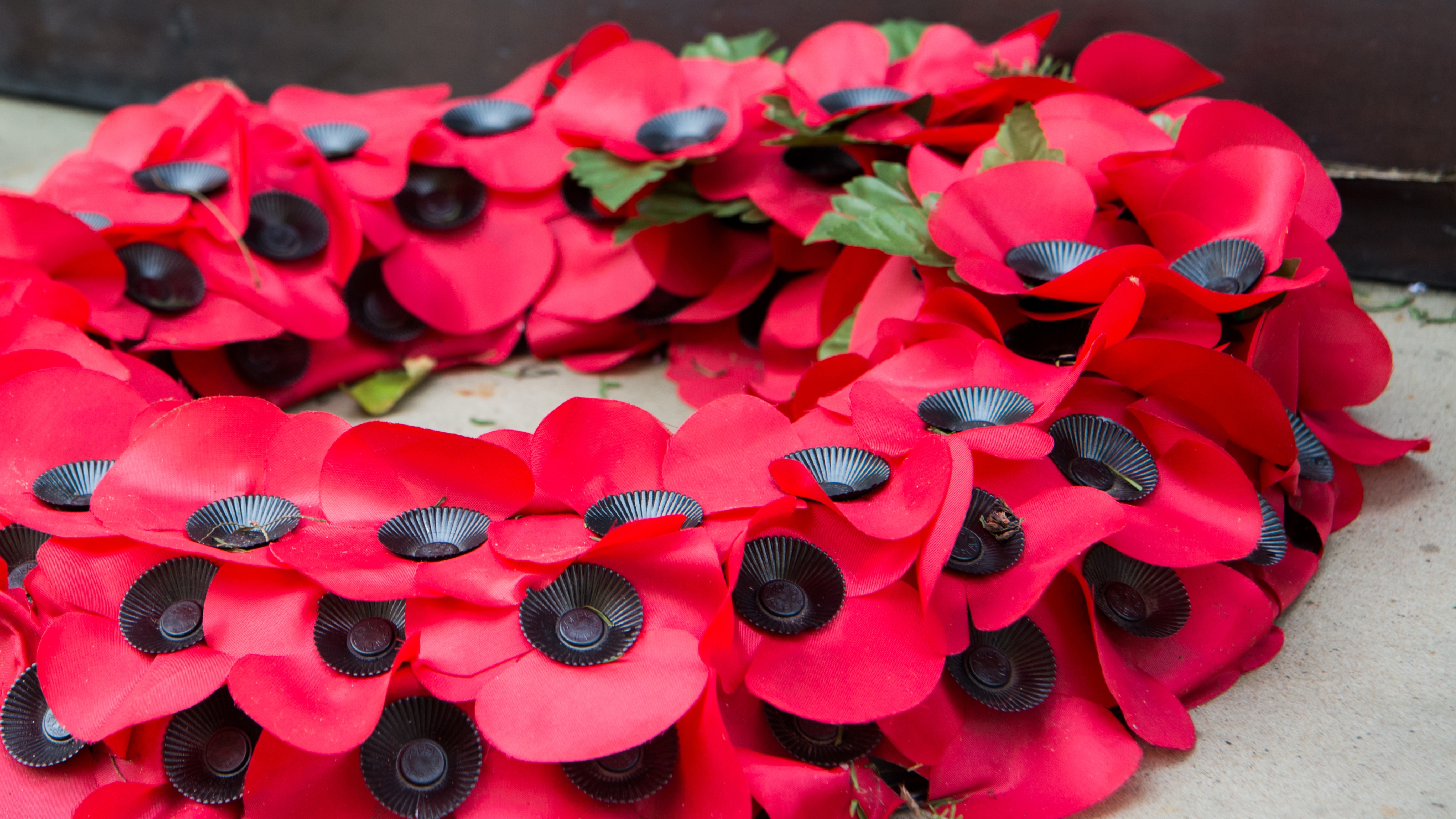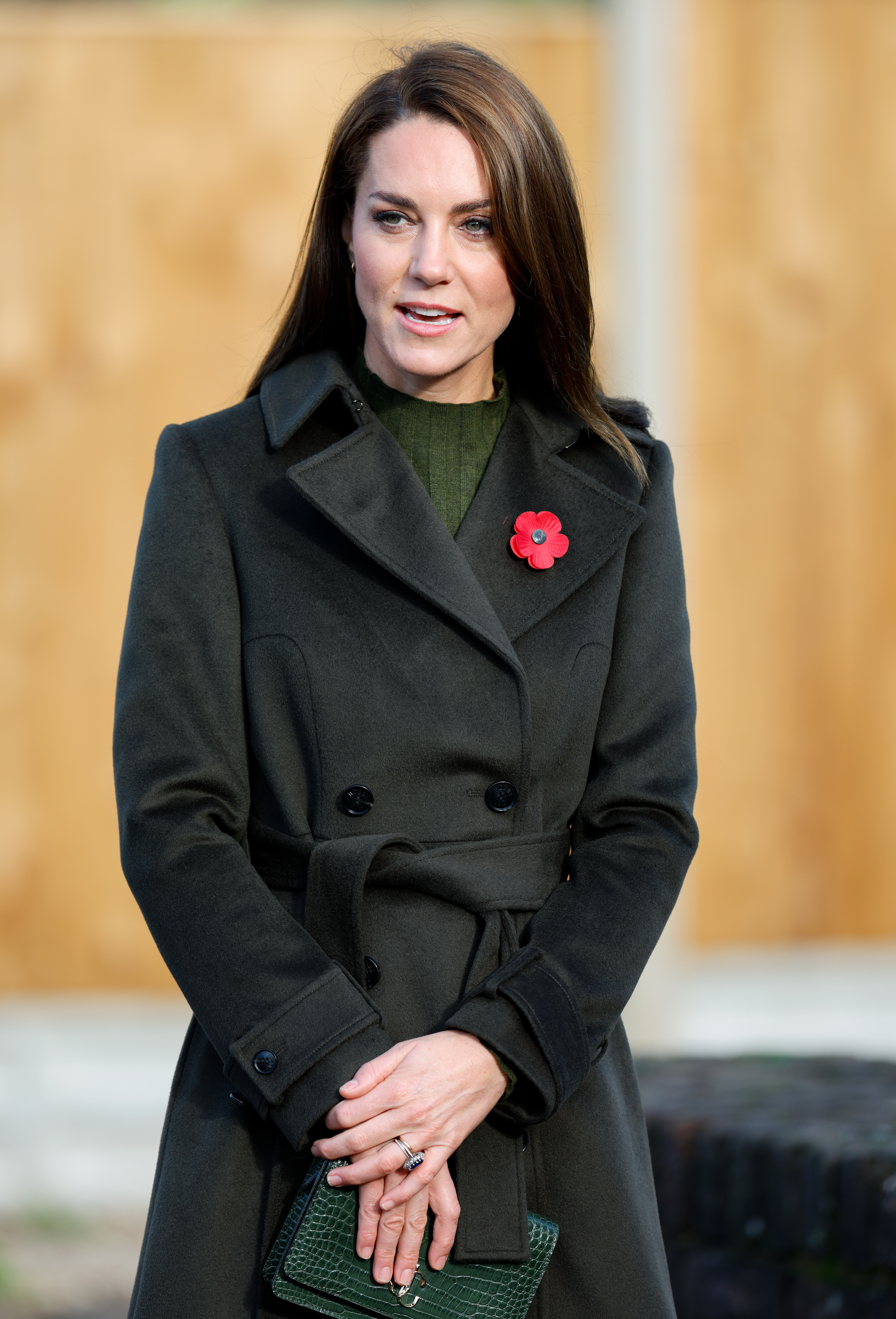Which side do you wear a poppy on and what are different coloured poppies for?
Remembrance Sunday is fast approaching and it's time to wear your poppy with pride

Remembrance Day 2025 is on the horizon, so you might be keen to know which side do you wear a poppy on and what do the different colours of the poppy mean?
Every year, people start wearing a poppy in November, especially leading up to Remembrance Sunday, to honour and remember the millions of people who died in war and conflict.
The red poppy is a symbol of remembrance, but you may have seen other colours such as black and purple – even white poppies – being worn during this period.
Which side do you wear a poppy on?
Traditionally, in many countries like the UK and Canada, the red poppy is worn on the left lapel (part of the front of a jacket or coat) or left side of your chest. This is to honour and remember the military personnel who have died in war.
Some people ask, do females wear poppies on the right? However, in general, men and women tend to wear their poppy on the left, as it’s said to be closer to the heart.

Members of the royal family are typically seen wearing multiple poppies, often referred to as the Five Poppy Tribute. Each poppy typically represents a different branch of the military services: the army, navy, air force, civil defence and women in the services.
With that being said, the Royal British Legion has publicly shared that “there is no ‘correct’ way” to wear a poppy.
Sign up to our free daily email for the latest royal and entertainment news, interesting opinion, expert advice on styling and beauty trends, and no-nonsense guides to the health and wellness questions you want answered.
The national network that supports the armed forces added, “It’s a matter of personal choice whether someone chooses to wear a poppy and how they choose to wear it. We simply ask that if you do wear a poppy, you wear it with pride.”
What does the red poppy represent?
As mentioned, the red poppy is a symbol of remembrance and is used to honour and commemorate military personnel who have died in war, specifically World War I and subsequent conflicts.
This tradition originated from the famous war poem In Flanders Fields by John McCrae, where the red poppies were the first to grow in the battlefields of Flanders during WW1. The Royal British Legion distributes red poppies as a way to raise funds to support veterans and their families.
You can buy your paper poppy or poppy pin via the Royal British Legion online shop or pick one up in person – with many poppy appeal boxes widely available in supermarkets, cafes, and other public places.

What does the purple poppy represent?
Not as widely recognised as the red poppy, the purple poppy is used by some to commemorate and raise awareness about the services and sacrifices made by animals during the war.
It mainly represents animals such as horses and dogs which provided support, transportation and companionship to soldiers, so the purple poppy is a symbol of their service and recognition of their contributions.
What does the black poppy represent?
The black poppy is a symbol to remember and honour the contributions of Black, African and Caribbean military personnel who served in various wars.
It’s a symbol of remembrance for the often overlooked and underappreciated sacrifices and contributions of Black soldiers and service members.
The initiative, titled 'Black Poppy Rose,' was launched in 2010 and aims to make the black poppy a world-wide symbol of remembrance, to educate and empower through understanding of historical timelines, and to empower self identity within the Black, African, West Indian, Caribbean, Pacific Island and Indigenous Nations communities.
A statement on the Black Poppy Rose website reads, “A symbol that signifies pride, honour and glory, with the hope that future generations will be inspired by these largely untold historical legacies.”
Can you still buy ceramic poppies from the Tower of London?
Perhaps more durable than its paper counterparts, ceramic poppies were sold to the public after the Blood Swept Lands and Seas of the Red art installation was displayed at the Tower of London in 2014.
This installation marked the centenary of the outbreak of World War I. It consisted of 888,246 ceramic poppies, each representing a British or Commonwealth military fatality during the war. Each poppy cost £25 and over £15 million was raised and donated to six military service charities.
In 2018, the Tower of London followed up with another centenary display to mark 100 years since the end of WW1 (11 November 1918). The installation saw thousands of flames lit in the moat in memory of the fallen and was carried out by designer Tom Piper and sound artist Mira Calix.
While you can no longer buy ceramic poppies from the original installation at the Tower of London, similar designs may be available to buy from other designers and retailers.
You must confirm your public display name before commenting
Please logout and then login again, you will then be prompted to enter your display name.